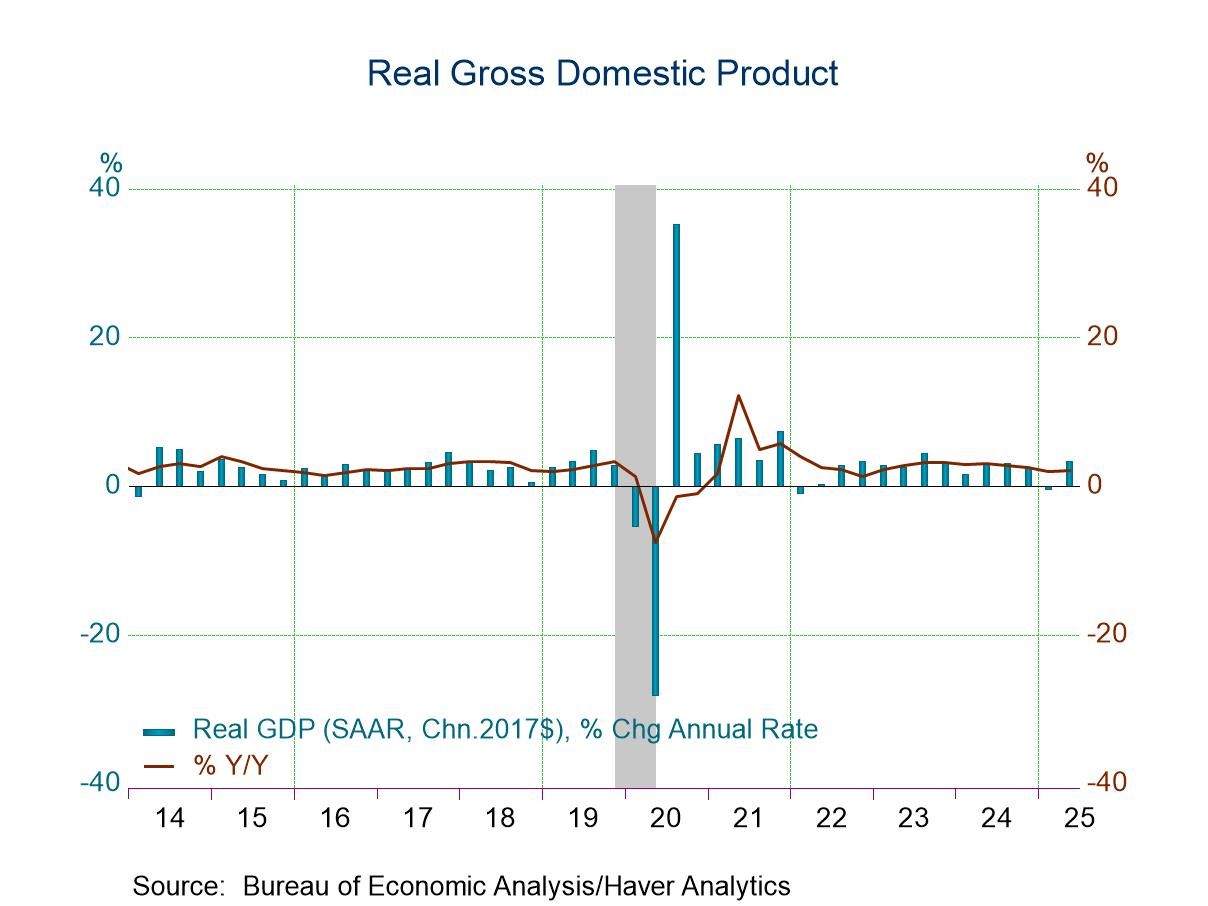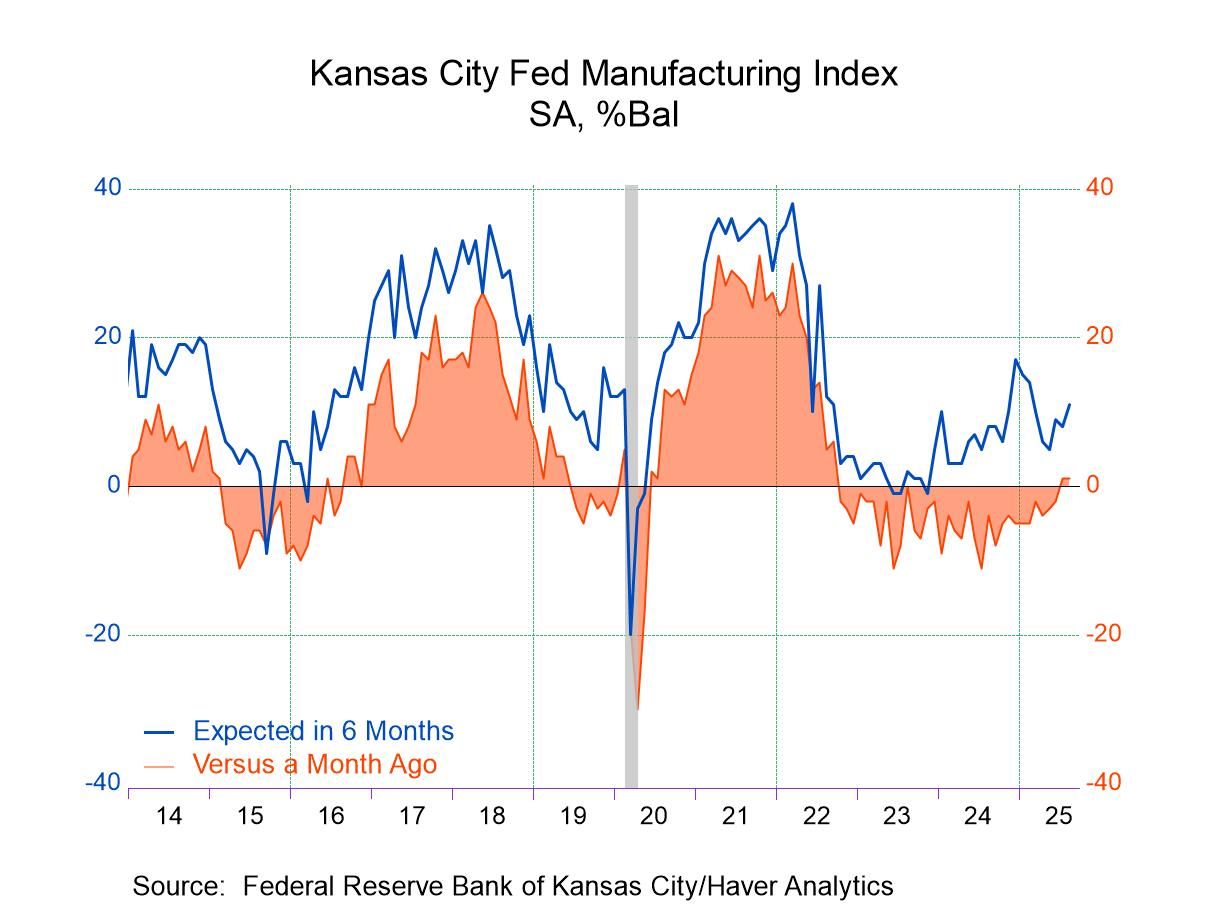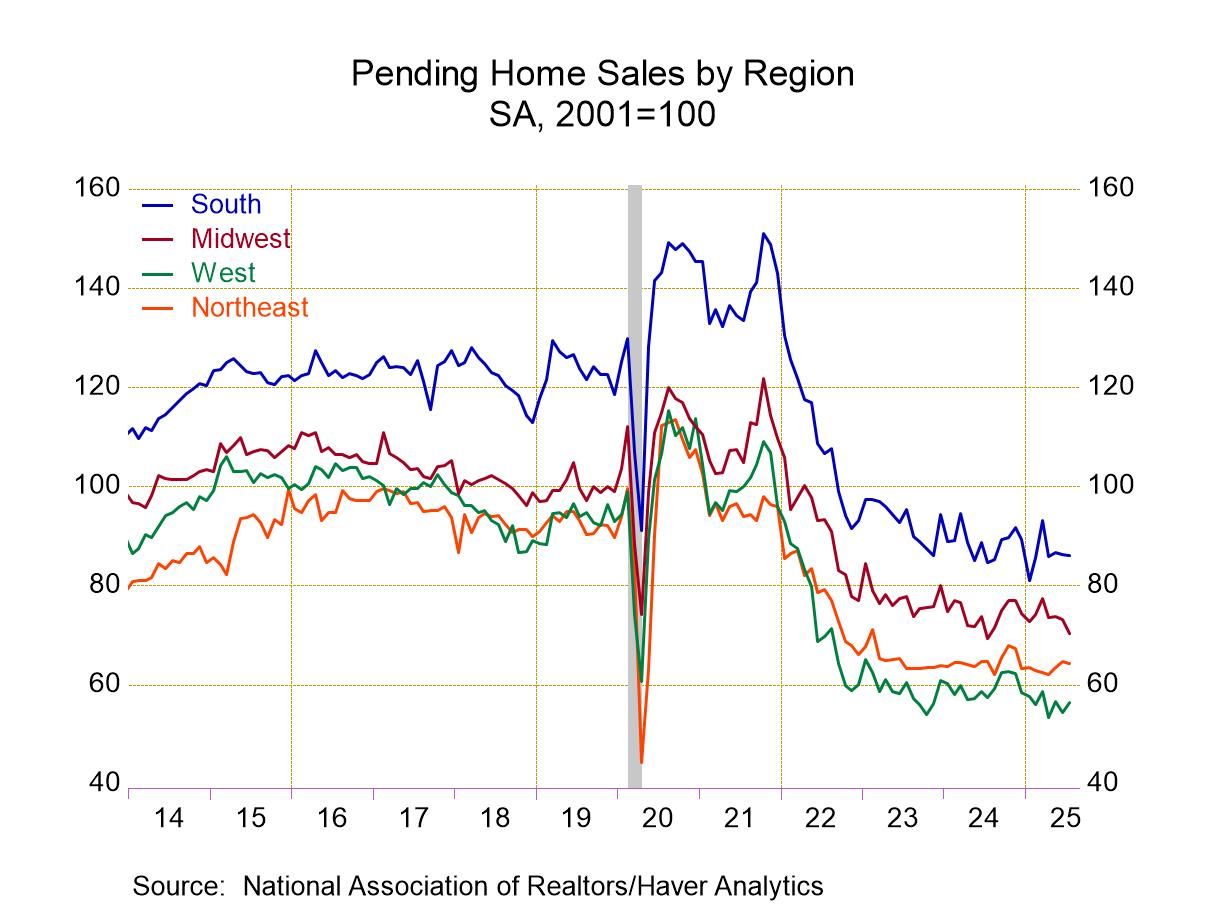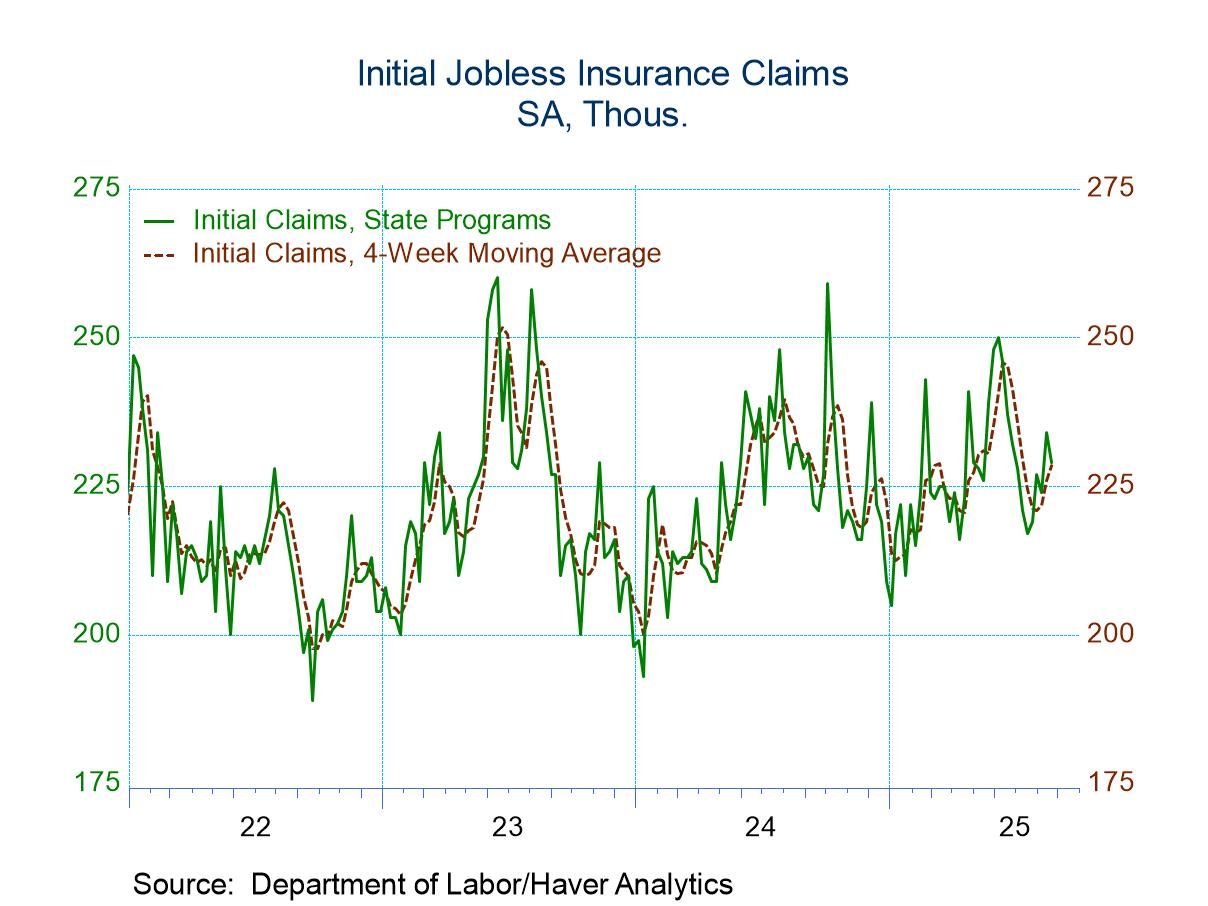 Global| Jul 14 2010
Global| Jul 14 2010U.S. Retail Spending Declines Unexpectedly
by:Tom Moeller
|in:Economy in Brief
Summary
Consumers began the summer season on a cautious note. Retail sales unexpectedly fell 0.5% last month. To emphasize the notion of lost momentum, May's decline was revised to 1.1% from 1.2% but the gain in April sales was halved to 0.3%.
Consumers began the summer season on a cautious note. Retail sales unexpectedly fell 0.5% last month. To emphasize the notion of lost momentum, May's decline was revised to 1.1% from 1.2% but the gain in April sales was halved to 0.3%. The drop in June sales disappointed Consensus expectations for a 0.2% decline and for 2Q as a whole, retail sales rose 4.1% (AR), half the 1Q increase and the weakest of the last four quarters. Much of the weakness in sales last month was due to a 2.3% decline in motor vehicles and parts purchases which owed to the 4.7% m/m decline in unit vehicle sales. Also, sales at gasoline service stations fell 2.0% (+8.8% y/y) as pump prices fell. The 0.1% slip in nonauto retail sales about matched Consensus expectations for a -0.0% reading. Excluding both auto and gasoline purchases, sales ticked 0.1% higher after a 1.0% May decline. For the quarter sales rose at a 3.8% annual rate, also half the 1Q gain and the weakest of the last three quarters. Last month's decline in retail sales again was paced by a 1.0% drop in sales at building materials & hardware stores which followed a 9.3% May shortfall.
"Core" discretionary spending also remained soft last month. A 0.6% gain (5.7% y/y) in apparel store sales recouped May's decline but the 4.1% advance for the quarter was down from the 13.9% 1Q gain. General merchandise store sales ticked up 0.2% (2.6% y/y) last month but for the quarter sales declined at a 1.9% annual rate. Finally, sales of furniture, home furnishings & electronics rose 0.2% (4.6% y/y) during June but for the quarter fell at a 0.1% rate after an 11.4% 1Q gain. Furniture sales alone fell hard for the third straight month. The 1.1% decline (+1.7% y/y) was accompanied by a 1.3% increase (7.3% y/y) in sales of electronics & appliances. Sales by internet & catalogue vendors rose 1.0% (12.1% y/y) and May sales were revised sharply higher. Food service sales ticked 0.2% higher (2.8% y/y) after two months of slight decline.
The retail sales data are available in Haver's USECON database.
| June | May | April | June y/y | 2009 | 2008 | 2007 | |
|---|---|---|---|---|---|---|---|
| Total Retail Sales & Food Services (%) | -0.5 | -1.1 | 0.3 | 4.8 | -6.3 | -1.0 | 3.3 |
| Motor Vehicle & Parts | -2.3 | -0.6 | 0.5 | 6.8 | -12.0 | -13.9 | 0.8 |
| Retail Sales excluding Autos | -0.1 | -1.2 | 0.3 | 4.4 | -5.1 | 2.3 | 3.9 |
| Gasoline | -2.0 | -2.5 | 0.1 | 8.8 | -24.8 | 9.9 | 6.8 |
| Non-Auto Sales Less Gasoline | 0.1 | -1.0 | 0.3 | 3.9 | -1.9 | 1.2 | 3.5 |
Tom Moeller
AuthorMore in Author Profile »Prior to joining Haver Analytics in 2000, Mr. Moeller worked as the Economist at Chancellor Capital Management from 1985 to 1999. There, he developed comprehensive economic forecasts and interpreted economic data for equity and fixed income portfolio managers. Also at Chancellor, Mr. Moeller worked as an equity analyst and was responsible for researching and rating companies in the economically sensitive automobile and housing industries for investment in Chancellor’s equity portfolio. Prior to joining Chancellor, Mr. Moeller was an Economist at Citibank from 1979 to 1984. He also analyzed pricing behavior in the metals industry for the Council on Wage and Price Stability in Washington, D.C. In 1999, Mr. Moeller received the award for most accurate forecast from the Forecasters' Club of New York. From 1990 to 1992 he was President of the New York Association for Business Economists. Mr. Moeller earned an M.B.A. in Finance from Fordham University, where he graduated in 1987. He holds a Bachelor of Arts in Economics from George Washington University.






